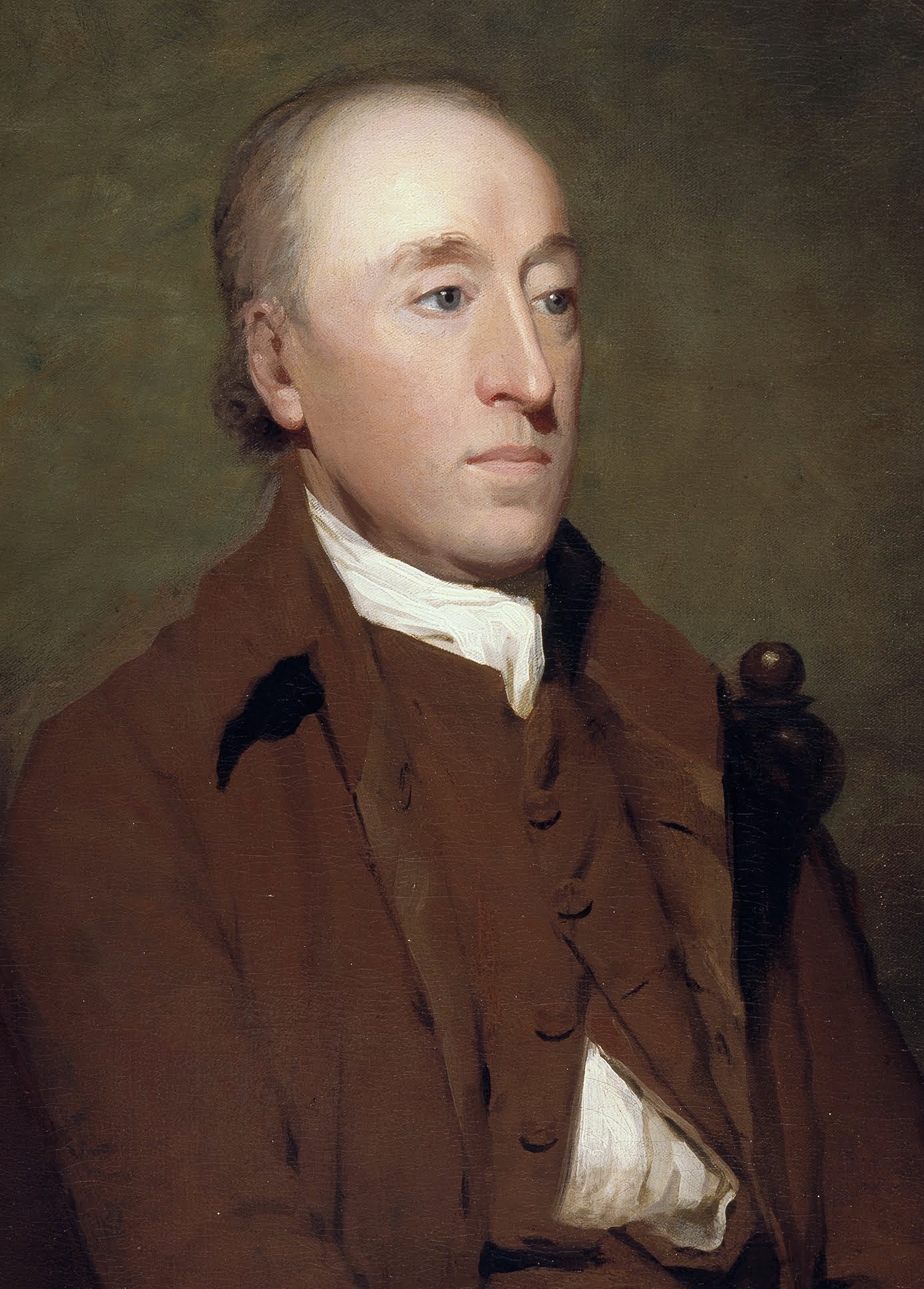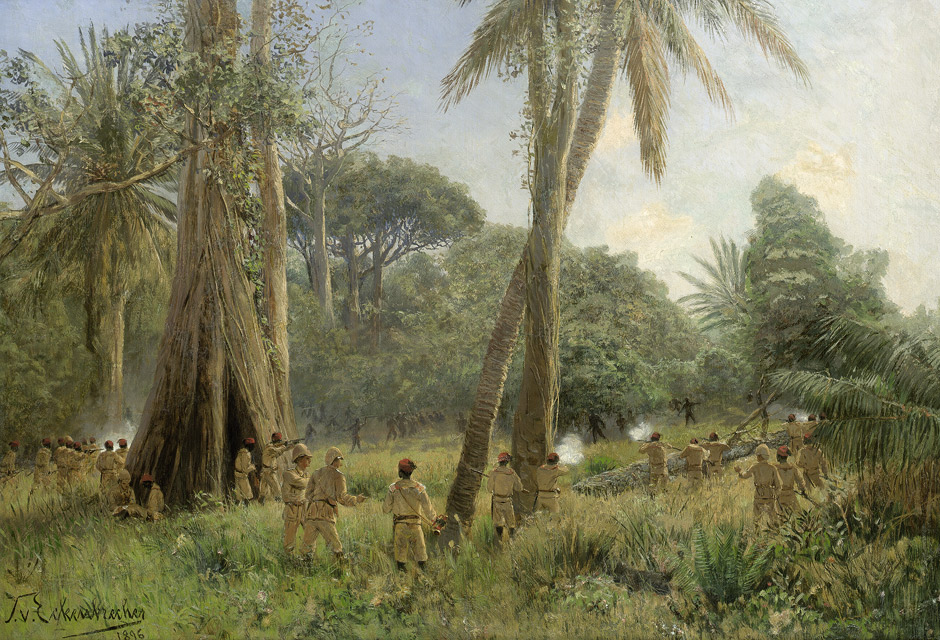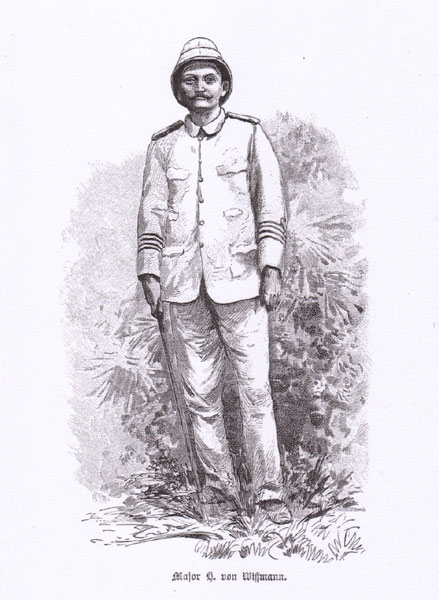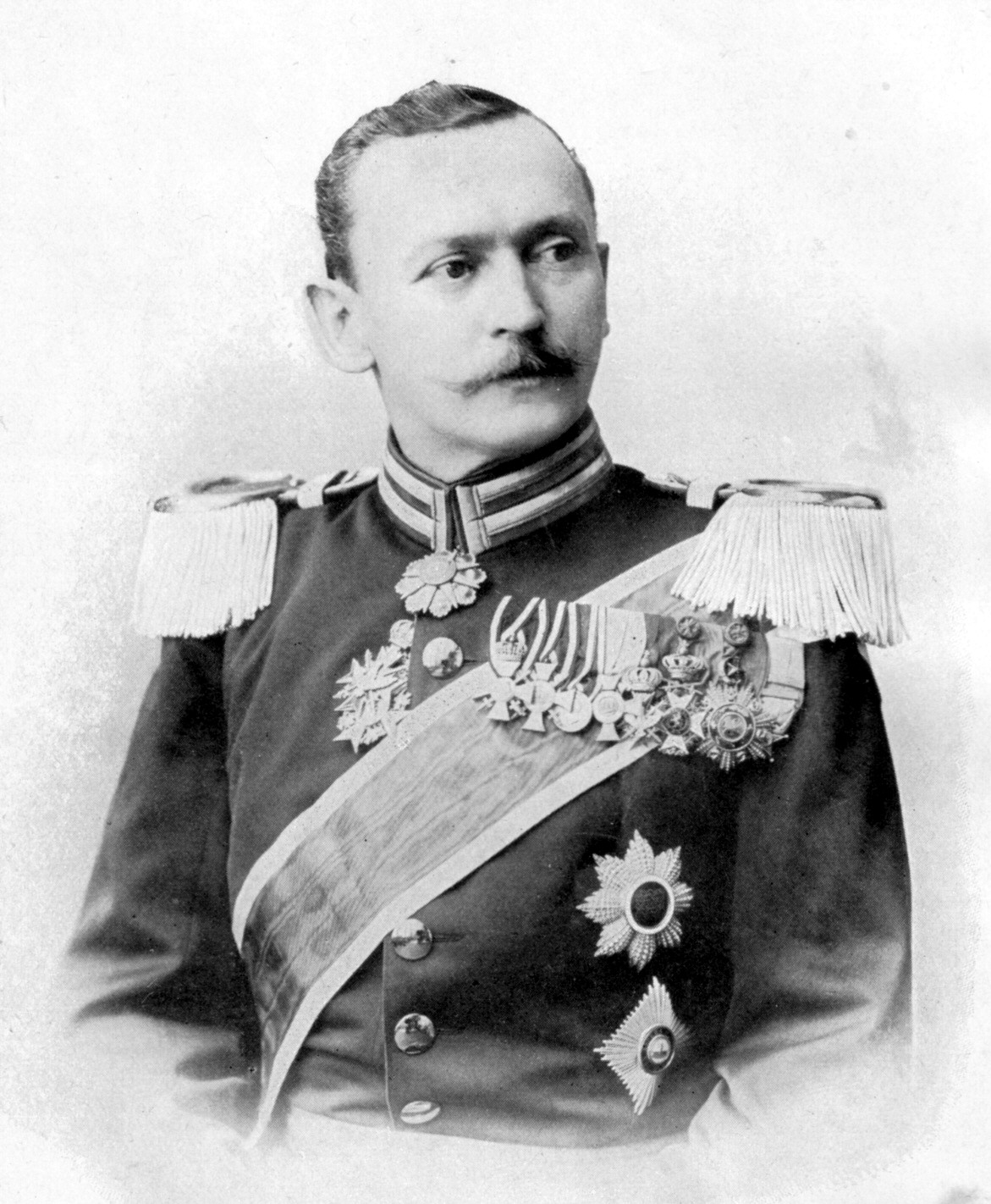|
Friedrich Bohndorff
Friedrich Bohndorff (16 August 1848, Plau am See, Mecklenburg-Schwerin - after 1894) was a German researcher and ornithologist. Initially apprenticed as a goldsmith, Bohndorff embarked on a journey in 1871 to Egypt, where he spent a few years learning Arabic in Cairo. In 1880 he participated on an expedition to the African interior under the leadership of Wilhelm Junker (1840–1892). The expedition was a continuation of scientific exploration and research began by Georg August Schweinfurth (1836–1925) several years earlier. Here, the group entered regions inhabited by the Mangbetu and Azande peoples. In 1882, his northward return on the Nile was delayed by the Mahdi uprising, forcing him to spend more than a year in the Bahr al-Ghazal region in southern Sudan. In 1885–87, with geologist Oskar Lenz, he successfully traversed the African continent from west to east, afterwards spending six months with Lenz in Vienna and Brussels. In 1889 Bohndorff served as a dragoman of ... [...More Info...] [...Related Items...] OR: [Wikipedia] [Google] [Baidu] |
Geologist
A geologist is a scientist who studies the solid, liquid, and gaseous matter that constitutes Earth and other terrestrial planets, as well as the processes that shape them. Geologists usually study geology, earth science, or geophysics, although backgrounds in physics, chemistry, biology, and other sciences are also useful. Field research (field work) is an important component of geology, although many subdisciplines incorporate laboratory and digitalized work. Geologists can be classified in a larger group of scientists, called geoscientists. Geologists work in the energy and mining sectors searching for natural resources such as petroleum, natural gas, precious and base metals. They are also in the forefront of preventing and mitigating damage from natural hazards and disasters such as earthquakes, volcanoes, tsunamis and landslides. Their studies are used to warn the general public of the occurrence of these events. Geologists are also important contributors to ... [...More Info...] [...Related Items...] OR: [Wikipedia] [Google] [Baidu] |
German Wikipedia
The German Wikipedia (german: Deutschsprachige Wikipedia) is the German-language edition of Wikipedia, a free and publicly editable online encyclopedia. Founded on March 16, 2001, it is the second-oldest Wikipedia (after the English Wikipedia), and with articles, at present () the -largest edition of Wikipedia by number of articles, behind English Wikipedia and the mostly bot-generated Cebuano Wikipedia.ikipedia-l">Jimmy Wales [Wikipedia-l/nowiki>Alternative language Wikipedias, 16 March 2001List of Wikipedias/Table meta.wikimedia.org, Statistics It has the second-largest number of edits behind the English Wikipedia and over 260,000 disambiguation pages. On November 7, 2011, it became the second edition of Wikipedia, after the English edition, to exceed 100 million page edits. The German Wikipedia ... [...More Info...] [...Related Items...] OR: [Wikipedia] [Google] [Baidu] |
Village Weaver
The village weaver (''Ploceus cucullatus''), also known as the spotted-backed weaver or black-headed weaver (the latter leading to easy confusion with '' P. melanocephalus''), is a species of bird in the family Ploceidae found in much of sub-Saharan Africa. It has also been introduced to Portugal and Venezuela as well as to the islands of Hispaniola, Martinique, Puerto Rico, Mauritius and Réunion. This often abundant species occurs in a wide range of open or semi-open habitats, including woodlands and human habitation, and frequently forms large noisy colonies in towns, villages and hotel grounds. This weaver builds a large coarsely woven nest made of grass and leaf strips with a downward facing entrance which is suspended from a branch in a tree. Two to three eggs are laid. Village weavers are colonial breeders, so many nests may hang from one tree. Village weavers feed principally on seeds and grain, and can be a crop pest, but it will readily take insects, especially w ... [...More Info...] [...Related Items...] OR: [Wikipedia] [Google] [Baidu] |
Plain-backed Pipit
The plain-backed pipit or plain pipit (''Anthus leucophrys'') is a medium-sized passerine bird which is a resident breeder in Africa south of the Sahara Desert. It is found in open habitats, especially short grassland and cultivation. It builds its cup-shaped nest on the ground and usually lays three eggs. Like other pipits, this species is insectivorous. The plain-backed pipit is a large pipit at 17 cm, but is otherwise an undistinguished looking species, faintly streaked grey-brown above and pale below with light breast streaking. It has a strong white supercilium, and dark moustachial stripes. It has long legs and tail, and a long dark bill. Sexes are similar, but juveniles have warmer brown upperparts. Some care must be taken to distinguish this species from wintering tawny pipit The tawny pipit (''Anthus campestris'') is a medium-large passerine bird which breeds in much of the central Palearctic from northwest Africa and Portugal to Central Siberia and on to I ... [...More Info...] [...Related Items...] OR: [Wikipedia] [Google] [Baidu] |
Subspecies
In biological classification, subspecies is a rank below species, used for populations that live in different areas and vary in size, shape, or other physical characteristics ( morphology), but that can successfully interbreed. Not all species have subspecies, but for those that do there must be at least two. Subspecies is abbreviated subsp. or ssp. and the singular and plural forms are the same ("the subspecies is" or "the subspecies are"). In zoology, under the International Code of Zoological Nomenclature, the subspecies is the only taxonomic rank below that of species that can receive a name. In botany and mycology, under the International Code of Nomenclature for algae, fungi, and plants, other infraspecific ranks, such as variety, may be named. In bacteriology and virology, under standard bacterial nomenclature and virus nomenclature, there are recommendations but not strict requirements for recognizing other important infraspecific ranks. A taxonomist decides w ... [...More Info...] [...Related Items...] OR: [Wikipedia] [Google] [Baidu] |
Insect
Insects (from Latin ') are pancrustacean hexapod invertebrates of the class Insecta. They are the largest group within the arthropod phylum. Insects have a chitinous exoskeleton, a three-part body (head, thorax and abdomen), three pairs of jointed legs, compound eyes and one pair of antennae. Their blood is not totally contained in vessels; some circulates in an open cavity known as the haemocoel. Insects are the most diverse group of animals; they include more than a million described species and represent more than half of all known living organisms. The total number of extant species is estimated at between six and ten million; In: potentially over 90% of the animal life forms on Earth are insects. Insects may be found in nearly all environments, although only a small number of species reside in the oceans, which are dominated by another arthropod group, crustaceans, which recent research has indicated insects are nested within. Nearly all insects hatch from eggs ... [...More Info...] [...Related Items...] OR: [Wikipedia] [Google] [Baidu] |
Berlin
Berlin is Capital of Germany, the capital and largest city of Germany, both by area and List of cities in Germany by population, by population. Its more than 3.85 million inhabitants make it the European Union's List of cities in the European Union by population within city limits, most populous city, as measured by population within city limits having gained this status after the United Kingdom's, and thus London's, Brexit, departure from the European Union. Simultaneously, the city is one of the states of Germany, and is the List of German states by area, third smallest state in the country in terms of area. Berlin is surrounded by the state of Brandenburg, and Brandenburg's capital Potsdam is nearby. The urban area of Berlin has a population of over 4.5 million and is therefore the most populous urban area in Germany. The Berlin/Brandenburg Metropolitan Region, Berlin-Brandenburg capital region has around 6.2 million inhabitants and is Germany's second-largest metropolitan reg ... [...More Info...] [...Related Items...] OR: [Wikipedia] [Google] [Baidu] |
German East Africa
German East Africa (GEA; german: Deutsch-Ostafrika) was a German colony in the African Great Lakes region, which included present-day Burundi, Rwanda, the Tanzania mainland, and the Kionga Triangle, a small region later incorporated into Mozambique. GEA's area was , which was nearly three times the area of present-day Germany and double the area of metropolitan Germany at the time. The colony was organised when the German military was asked in the late 1880s to put down a revolt against the activities of the German East Africa Company. It ended with Imperial Germany's defeat in World War I. Ultimately GEA was divided between Britain, Belgium and Portugal and was reorganised as a mandate of the League of Nations. History Like other colonial powers the Germans expanded their empire in the Africa Great Lakes region, ostensibly to fight slavery and the slave trade. Unlike other imperial powers, however they never formally abolished either slavery or the slave trade and pref ... [...More Info...] [...Related Items...] OR: [Wikipedia] [Google] [Baidu] |
Hermann Wissmann
Hermann Wilhelm Leopold Ludwig Wissmann, after 1890 Hermann von Wissmann (4 September 1853 – 15 June 1905), was a German explorer and administrator in Africa. Early life Born in Frankfurt an der Oder, Wissmann was enlisted in the Army in 1870 and was commissioned a Lieutenant four years later. Wissmann served Mecklenburg in Füsilierregiment No. 90 posted at Rostock. During this time he had to serve a four-month prison sentence for wounding an opponent in a duel. An 1879 chance meeting with the explorer Dr. Paul Pogge changed his life. Africa Granted a leave of absence from the army, in 1880, Wissmann accompanied explorer Paul Pogge on a journey through the Congo Basin. In the eastern Congo, Pogge and Wissmann parted company. Pogge stayed to build an agricultural research station for a Congolese chief, while Wissmann trekked to the Indian Ocean via present-day Tanzania. He was awarded the 1888 Founder's Medal of the Royal Geographical Society for his explorations. Afterwards ... [...More Info...] [...Related Items...] OR: [Wikipedia] [Google] [Baidu] |
Schutztruppe
(, Protection Force) was the official name of the colonial troops in the African territories of the German colonial empire from the late 19th century to 1918. Similar to other colonial armies, the consisted of volunteer European commissioned and non-commissioned officers, medical and veterinary officers. Most enlisted ranks were recruited from indigenous communities within the German colonies or from elsewhere in Africa. Military contingents were formed in German East Africa, where they became famous as , in the Kamerun colony of German West Africa, and in German South West Africa. Control of the German colonies of New Guinea, in Samoa, and in Togoland was performed by small local police detachments. Kiautschou in China under Imperial Navy administration was a notable exception. As part of the East Asian Station the navy garrisoned Tsingtao with the marines of III, the only all-German unit with permanent status in an overseas protectorate. Deployment The name of the Germa ... [...More Info...] [...Related Items...] OR: [Wikipedia] [Google] [Baidu] |
Dragoman
A dragoman or Interpretation was an interpreter, translator, and official guide between Turkish-, Arabic-, and Persian-speaking countries and polities of the Middle East and European embassies, consulates, vice-consulates and trading posts. A dragoman had to have a knowledge of Arabic, Persian, Turkish, and European languages. In the Ottoman Empire, Dragomans were mainly members of the Ottoman Greek community, which possessed considerable multilingual skills, because substantial Greek trading communities did business in the worlds of the Mediterranean Sea, the Black Sea, the Atlantic Ocean and the Indian Ocean. To a lesser extent, other communities with international commercial links, notably the Armenians, were recruited. Etymology and variants In Arabic the word is ترجمان (''tarjumān''), in Turkish ''tercüman''. Deriving from the Semitic quadriliteral root ''t-r-g-m'', it appears in Akkadian as "targumannu," in Ge'ez (Classical Ethiopic) as ትርጓም (''t-r-g ... [...More Info...] [...Related Items...] OR: [Wikipedia] [Google] [Baidu] |
.jpg)








